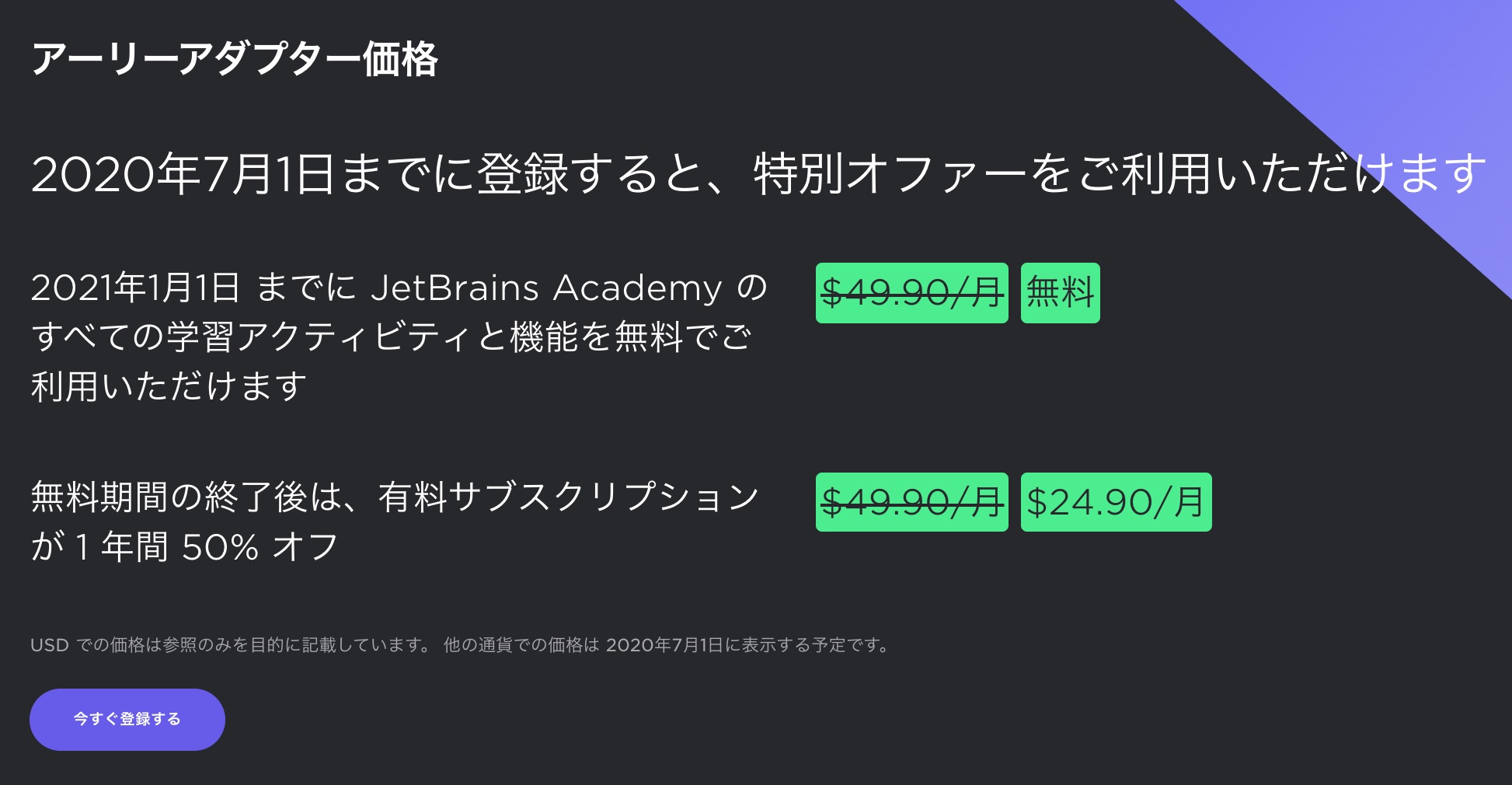
In this case, you see the error rate spiking repeatedly over the past several days. Below that are timeseries widgets illustrating the total number of builds, the error rate, build duration, and other key metrics that can help you determine when the build chain began to experience errors.

Then, you can click on the build chain from the Pipeline overview page to investigate the pipeline in more detail.Īt the top of this Pipeline Detail view, you can see the status of the last build, with a link to the build chain in TeamCity. You can go to the Pipelines page in CI Visibility to confirm if your particular pipeline is experiencing high build durations. After pushing new code, you notice that your builds are extremely slow-much slower than normal. Say you’re an engineer at an e-commerce company where one of the checkout services for your primary application is undergoing a major revamp under a tight deadline. Investigate pipeline failures to fix erroneous buildsĪfter you enable the TeamCity integration in CI Visibility, you can use the Pipeline overview page to get a high-level view of the health and performance of your TeamCity build chains, with key metrics such as executions, failure rate, build duration, and more. If you navigate to the Pipelines page, you can see TeamCity pipelines alongside any other providers you may have instrumented with CI Visibility. Once you’ve enabled the integration, data from your TeamCity pipelines will automatically flow into Datadog. datadog.ci.api.key: your Datadog API key.

Build chains in TeamCity map to pipelines in Datadog, and individual builds map to pipeline executions.Īdd the following parameters to your project: Then, ensure that the last build of your build chains is a composite build.

To configure the TeamCity integration with Datadog CI Visibility, first download the Datadog CI plugin on the TeamCity server.


 0 kommentar(er)
0 kommentar(er)
